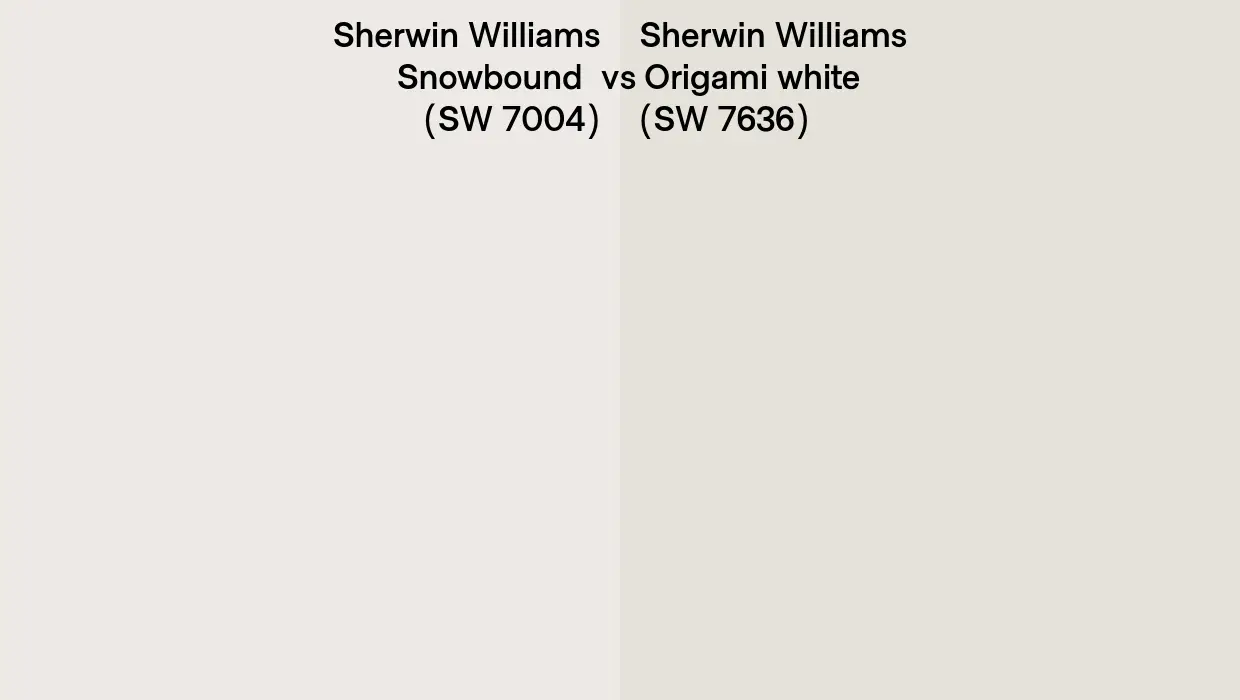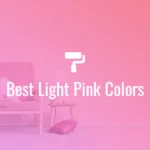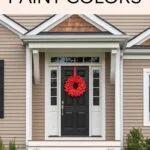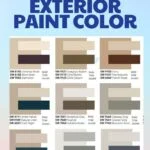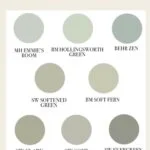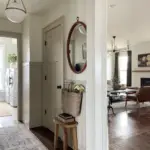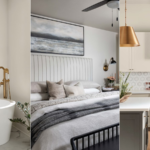Selecting the right shade of white for your home can be an aesthetic challenge. With a multitude of options, each carrying its own subtle undertones and characteristics, the decision becomes daunting. Among the popular choices in the realm of white paints are Sherwin Williams’ Origami White and Snowbound. These two paints stand out for their finesse, yet they cater to different tastes and environments. Understanding their unique personalities can help in making an informed decision.
Overview of Origami White and Snowbound
Sherwin Williams’ Origami White and Snowbound are celebrated for their versatility, effortlessly adapting to various spaces. Their subtle differences enable them to bring out the best in the environment. These colors can seamlessly transform into whole-house paint options, providing a cohesive visual experience throughout the space.
Usage in Various Spaces
Origami White and Snowbound can invigorate any setting with elegance and warmth. Whether it’s a modern living room or a contemporary kitchen, each shade offers a fresh canvas for artistic expression. They lend themselves to a breadth of design styles without overshadowing vibrant accent colors or intricate decor details.
Cohesive House Aesthetic
The continuity achieved through the use of a singular shade like Origami White or Snowbound creates an unbroken aesthetic flow. These whites establish harmony in open-plan living areas and promote balance in design by subtly enhancing the structural elements of a home.
Key Differences Between Origami White and Snowbound
Light Reflectance Value (LRV)
One of the crucial distinctions lies in their Light Reflectance Value (LRV). Origami White has an LRV of 76, slotting it into the off-white category. Its slightly lower LRV indicates a richer presence, with a capability to add depth to a space without overwhelming. In contrast, Snowbound boasts an LRV of 83, positioning it as a true white. This relatively higher light reflectance ability grants Snowbound a luminosity that brightens and refreshes.

Pro Grade Paint Roller Kit, Brush & Roller for Professionals & Homeowners
Perfect for smooth finishes on your interior walls. Ideal for home improvement enthusiasts!
Buy Now on AmazonUndertones
The undertones in these whites shape their mood and are instrumental in defining ambiance. Origami White contains cool violet undertones, which bestow a clean and crisp appearance. This results in a sophisticated atmosphere that pairs well with cool color schemes and modern aesthetics. Snowbound, conversely, offers soft, warm undertones. A hint of taupe or beige coupled with a subtle pinkish glow imparts a cozy and inviting tone, ideal for creating warm atmospheres.
Effects of Lighting on Each Color
South-Facing Rooms
In south-facing rooms, both Origami White and Snowbound will appear warmer as they are bathed in abundant natural light. The sunlight enhances Snowbound’s warm characteristics, bringing out its soothing and comforting hue. Origami White’s cool undertones remain restrained, achieving a soft glow that exudes refinement.
North-Facing Rooms
For north-facing rooms, where light is often cooler and more muted, Origami White’s violet undertones become more introspective. The cooler light will highlight its crispness, making it apt for rooms that favor tranquil and serene settings. In these same spaces, Snowbound will adopt a cooler, more neutral demeanor. Its adaptability ensures it caters to both warm and cool environments, altering its presentation subtly with the room’s nature.
Choosing Between Origami White and Snowbound
Consider Snowbound if:
If your objective is to cultivate a warm, lighter white ambiance with a soft, inviting tone, Snowbound is the superior choice. It serves delightfully in settings where a gentle, comforting glow is desirable, sparking warmth without overwhelming sensorial input.
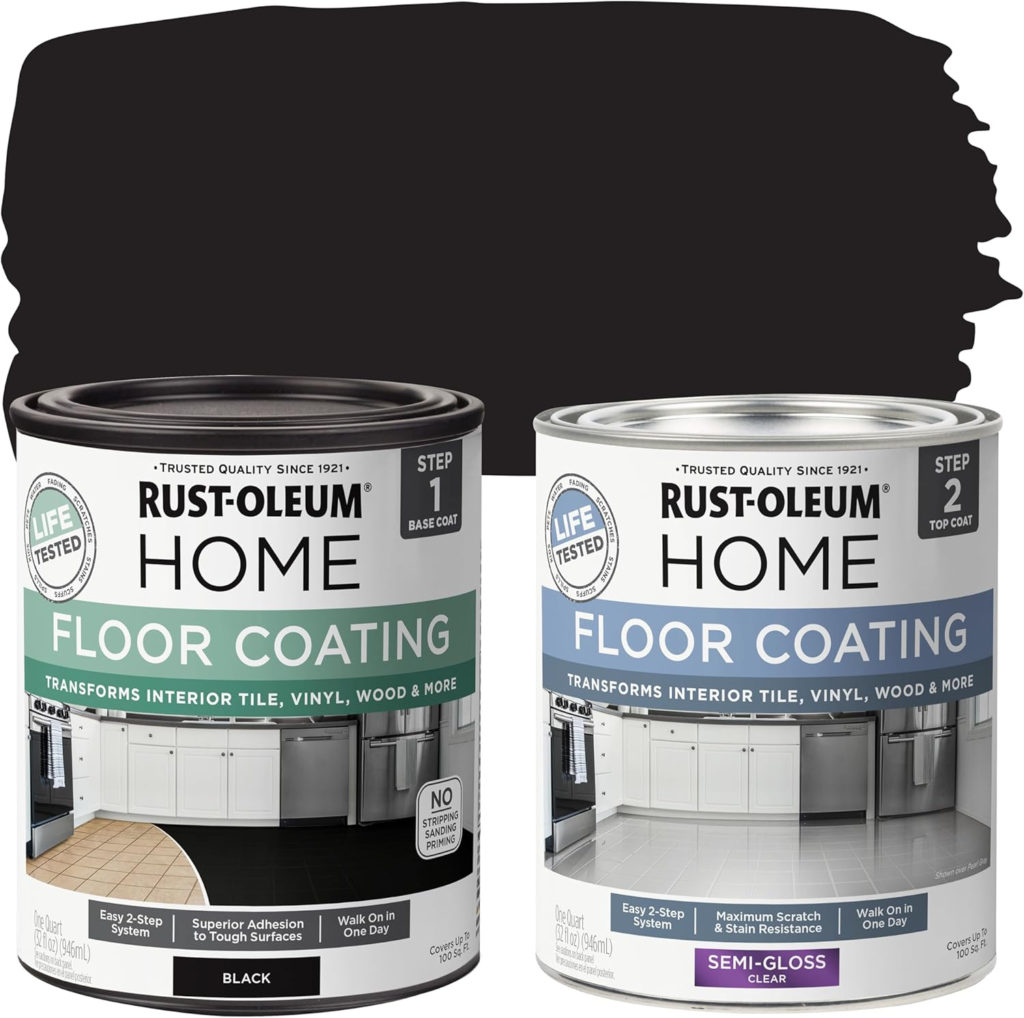
Rust-Oleum 367605 Home Interior Floor Coating Kit, Semi-Gloss Black
Ideal for updating outdated flooring at a fraction of the cost of replacement and adheres without stripping, sanding or priming.
Buy Now on AmazonConsider Origami White if:
Select Origami White if you lean towards a cool, clean off-white hue. Ideal for rooms that eschew swathes of natural light, its cool undertones maintain a refreshing and crisp appearance, turning dim spaces into wonderlands of subtle sophistication.
Tips for Testing Paint Colors
The critical importance of swatching cannot be overstated. Paint is profoundly influenced by the lighting and decor surroundings. To ascertain the best fit for your space, swatching paints in situ—either directly on the wall or using peel-and-stick paint samples—can offer a clear visual representation of how these hues will come to life both day and night. This methodology avails the opportunity to observe and reflect before committing.
Coordinating Color Palettes
Origami White Palette
With Origami White, consider a coordinating palette that includes muted trim colors and vibrant accent hues to produce a balanced look. Blue-grey accents or deep purples complement Origami White’s cool undertones, elevating them for visual depth and elegance.
Snowbound Palette
Pairing Snowbound with carefully selected trims and accents brings warmth and harmony to any room. Soft taupe or even pale pinks amplify its warmth, creating a cohesive aesthetic that embraces coziness while sustaining delicate sophistication. These selections can bring a seamless integration of colors, ideal for creating an inviting home environment.
Conclusion
Origami White and Snowbound possess distinct yet compelling qualities that make them valuable options for any homeowner eager to enhance their space with a white they can be proud of. Origami White offers a cool, clean aesthetic, while Snowbound champions warmth and gentleness. As the lighting, feel, and overall ambiance of rooms vary significantly, acquiring samples for real-world testing is recommended. Only by witnessing how these whites interact with light, furniture, and decor can one make a truly informed decision. Whichever colors are selected, understanding their nuance and adaptability ensures a beautiful realization of any homeowner’s vision.

